
La Plata is the capital city of Buenos Aires Province, Argentina. According to the 2022 census, the Partido has a population of 772,618 and its metropolitan area, the Greater La Plata, has 938,287 inhabitants. It is located 9 kilometers inland from the southern shore of the Río de la Plata estuary.

Raúl Adolfo Ringuelet Ph.D. was an Argentine zoologist.
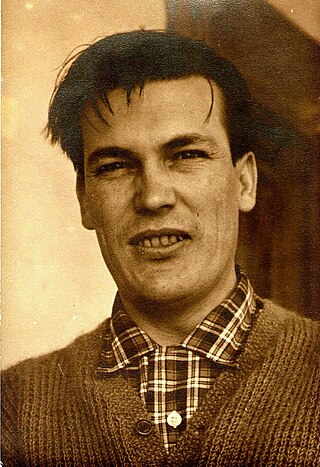
Gregorio Baró was an Argentine scientist. He was born in Santiago Temple, Córdoba and died in Buenos Aires.

Manuel Cabral de Melo e Alpoim (1589–1676) was a Portuguese nobleman in the service of the Spanish Empire. He was one of the most prominent military and politicians of the Río de la Plata towards the beginning of the 17th century.

Zulma Nélida Brandoni de Gasparini is an Argentine paleontologist and zoologist. She is known for discovering the fossils of the dinosaur Gasparinisaura, which was named after her.

Juan (Jean) Brèthes, also known as Frère Judulien Marie or Juan Brethes was an Argentine scientist, naturalist, entomologist, ornithologist, zoologist and geologist. He was the first entomologist of the National Museum, today known as the Argentine Museum of Natural Sciences. He was a close collaborator of Florentino Ameghino, and translated several of his works into French. Thanks to his intense activity, he systematized a large number of Latin American insect species. He was a precursor in the fight against agricultural pests at a time when insecticides had not been developed to combat them.
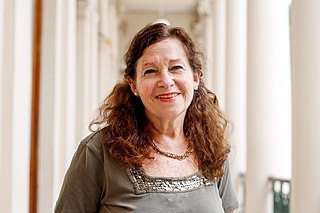
Noemí Elisabet Zaritzky is an Argentine chemistry professor and researcher.
Irina Podgorny is an Argentine anthropologist, a historian of science at the National University of La Plata, permanent staff at CONICET, professor ad honorem and Director of the Archive of History and Photographs at the Natural Science Facility and Museum of the National University of La Plata, and winner of the Bernardo Houssay Young Researcher Award. She has held numerous professorships and scholarships and has worked for CONICET since 2013.
Alicia Daneri Rodrigo is an Argentine Egyptologist who earned a doctorate at the Universidad de Buenos Aires.
Jenara Vicenta Arnal Yarza, was the first woman to hold a Ph.D. in chemistry in Spain. She was noted for her work in electrochemistry and her research into the formation of fluorine from potassium biflouride. In later years, she was recognized for her contribution to the pedagogy of teaching science on the elementary and secondary levels, with a focus on the practical uses of chemistry in daily life. She was awarded a national honor, the Orden Civil de Alfonso X el Sabio.

María Isabel Sofia Hylton Scott y Pacheco was an Argentine zoologist, malacologist and teacher. She is known as the first woman in Argentina who obtained a doctorate in Zoology. She described at least 1 family, 47 species and 4 subspecies of Mollusca.
Ana Buenaventura Mocoroa, also known as Titina Mocoroa, was an Argentine physicist. She is known for her contributions in experimental physics and her dedication to improving the teaching of her discipline.
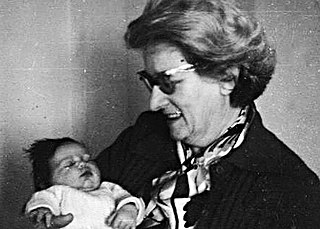
Genoveva Dawson was an Argentine botanist, curator, teacher, and explorer.

Raymunda Torres y Quiroga was an Argentine writer and women's rights activist. She defended access to education and the emancipation of women in Argentina.
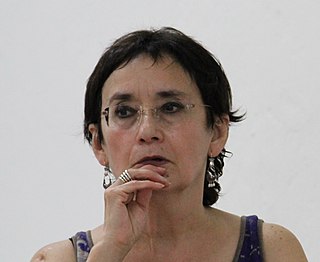
María Teresa Rojas Rabiela is an ethnologist, ethnohistorian, Emeritus National Researcher and Mexican academic, specializing in Chinampas of Mexico's Basin, history of agriculture, hydraulics, technology, and labor organization in Mesoamerica during pre-Columbian and colonial eras, as well as historical photography of Mexico's peasants and indigenous people. She is recognized as a pioneer in historical studies on earthquakes in Mexico. From 2018 to 2021, Rojas Rabiela was involved in the restoration of the section of the pre-Hispanic aqueduct of Tetzcotzinco, Texcoco, known as El caño quebrado.
Teresa Manera de Bianco is an Argentine paleontologist and geologist. She was a professor in the geology department of the Universidad Nacional del Sur. She conducts research on vertebrate paleontology and topics related to vertebrate footprints and remains from the Quaternary period. In 1986, she discovered a stretch of land near Pehuen Co containing 12,000-year-old fossilized footprints of at least 22 distinct species, including those of the extinct sloth Megatherium and Glyptodonts.
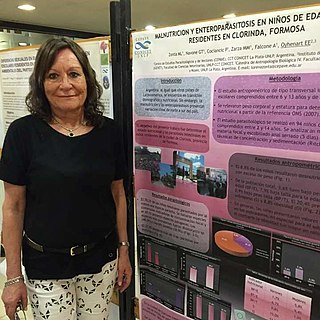
Evelia Edith Oyhenart was an Argentine biological anthropologist, whose research focused on child growth, nutrition, and human adaptation. She served as a full professor, dean, and vice-dean of the Faculty of Natural Sciences and Museum (FCNyM) of the National University of La Plata (UNLP). She was also the director of the Ontogeny and Adaptation Research Laboratory (LINOA) at UNLP.

Estela Beatriz Cols was an Argentine pedagogue, researcher, and educator at the University of Buenos Aires and at the National University of La Plata. She held a Ph.D. in education from the Faculty of Philosophy and Letters of the University of Buenos Aires. In 2007, Cols, Alicia Rosalía Wigdorovitz de Camilloni, Laura Basabe, and Silvina Feeney received the first prize of the XVIII International Conference on Education for the best theoretical work in education, as co-authors of El Saber Didáctico.

María Carlota Sempé was an Argentine archaeologist, teacher and scientific researcher who specialised in the pre-Hispanic cultures of Northwest Argentina, the Littoral and urban heritage cemeteries.














